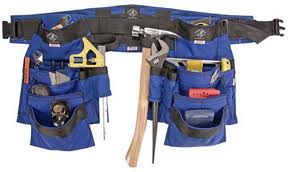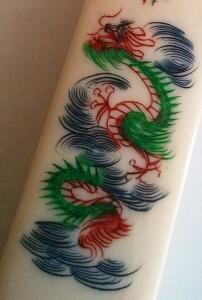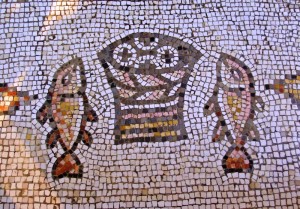
“Instead of asking ourselves, “How can I find security and happiness?” we could ask ourselves, “Can I touch the center of my pain? Can I sit with suffering, both yours and mine, without trying to make it go away? Can I stay present to the ache of loss or disgrace—disappointment in all its many forms—and let it open me?” This is the trick. ~ Pema Chodron
Pain is so subjective. There’s the ongoing pain of my arthritic hands — which can wake me up. But I don’t obsess over it. It just hurts. Then there’s the pain of loss — I miss my mother, my father, my elders, almost every day. That doesn’t ever completely disappear. And don’t forget pain of the moment: a stubbed toe, a cut finger. Which is as short-term as pain seems to get. The buzzy pain of annoyance, the thrum of to-do lists, the papercuts of everyday disappointments.
More painful — at least to me 🙂 — than any of these is the pain of dukkha, the Buddhist term for suffering. All the other kinds of pain are subsumed in dukkha: physical & mental pain/suffering; trying to hold on to what must always change, and the infinitely difficult ‘unsatisfactoriness,’ where life is just… well, hard sometimes. Not enough, in & of itself. ‘Lacking substance,’ the definition notes.

This is where the Buddhist tool belt comes in handy. The tools are less, well, less physical. But no less effective. Tonglen, metta, or maitri, meditation. The ability, as my beloved teacher (even though I have never met her) Pema Chodron says, to ‘sit with suffering.’ Stay present to the pain of loss, grief, disappointment, change.
That is soooo HARD! Something more active — like metta, (lovingkindness), or tonglen (compassion for self & others)? I’m better w/ those. If I can feel like I’m DOING something — breathing in & out through the pain, trying to turn it to good use, offering it up for your pain? Well, that’s proactive. It’s this whole ‘sitting through’ it that’s so very difficult.
But I know the wise Pema Chodron is correct: suffering opens me. IF I can get past the anger that almost always accompanies it. IF we can come through the haze to the ‘other side’ of the pain.

Often pain is twinned w/ anger. And I’m verrry good at anger — a veritable dragon. Appropriate, since I’m year of the dragon. I’m fast to blow fire, and even faster to judge, sadly. So learning to sit w/ my anger (a kind of pain — that of wanting things to be different, to either change back, or change forward), to just sit through it? Wow. Of course that will open me up. I’ll have to just sit there. And I’m no good at this, at all.
That’s my goal these next days: to learn to sit through, breathe through, my pain/my anger. To ‘just sit there,’ & see what happens on the other side. I know my pain(s) will blow away — just like the clouds in big sky mind. But it seems to take an incredibly l-o-o-o-o-n-g time for pain to dissipate, while joy is as ephemeral as smoke.
Still, the dragon isn’t only a fire-breather. The dragon is also a being with wings. And surely, if I learn how to control my internal combustion engine, If I learn how to bank that judgmental fire, I can learn to fly. We’ll see.

